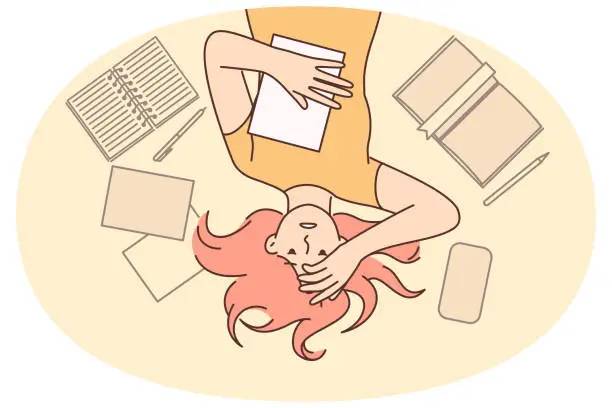In the realm of psychology and personal development, the influence of our environment on our cognitive functions, particularly creativity, is a subject of considerable interest. The premise is simple yet profound: our brains can be made more receptive to creativity by manipulating our environment. This article explores how different environments—natural, urban, or international—can influence our creativity in different ways and discusses practical strategies to tap into those environments without leaving our desks to increase our capacity for creativity.
### The Natural Environment and Creativity
Nature has long been hailed as a source of inspiration and rejuvenation. Studies have shown that exposure to natural environments can reduce stress and enhance cognitive function, which in turn fosters creativity. The greenness of surroundings, the sound of flowing water, or the vastness of the sky can all stimulate our senses in ways that urban settings often cannot. For those unable to venture into nature frequently, incorporating elements of nature into the workspace, such as plants, natural light, or images of natural landscapes, can provide a similar boost.
### Urban Environments and Innovation
Contrary to the tranquility of nature, urban environments are characterized by their dynamism, diversity, and density. These qualities can stimulate the brain in unique ways, promoting innovative thinking. The constant buzz of activity, the diversity of cultures and ideas, and the architectural complexity of cities can all challenge our brains to think differently and creatively. Urbanites can harness this by seeking out diverse experiences, engaging with different communities, and even changing their daily routes to expose their brains to new stimuli.
### International Exposure and Creative Expansion
International environments offer a blend of cultural richness and cognitive diversity that can significantly expand one's creative horizons. Exposure to different languages, customs, and perspectives can challenge our existing mental models and encourage us to think outside the box. While not everyone has the opportunity to live abroad, leveraging international connections through travel, virtual exchanges, or immersion in international media can provide a similar cognitive benefit.
### Practical Strategies for Enhancing Creativity
1. **Create a Stimulating Workspace**: Whether in a natural, urban, or international setting, your workspace should be conducive to creative thinking. This might involve organizing your space to reflect the environment you find most inspiring.
2. **Engage in Mindfulness Practices**: Mindfulness can help you tune into your environment more deeply, enhancing your sensitivity to creative stimuli.
3. **Seek Diversity in Experiences**: Actively seek out new experiences, whether through travel, reading, or online interactions, to expose your brain to diverse influences.
4. **Regularly Change Your Routine**: Small changes in routine, such as taking a different route to work or trying a new hobby, can stimulate your brain and foster creativity.
By understanding and harnessing the power of our environment, we can significantly enhance our creative capabilities. Whether through the serenity of nature, the dynamism of urban life, or the cultural richness of international exposure, there are numerous ways to make our environment work for us in fostering innovation and inspiration.



发表评论 取消回复